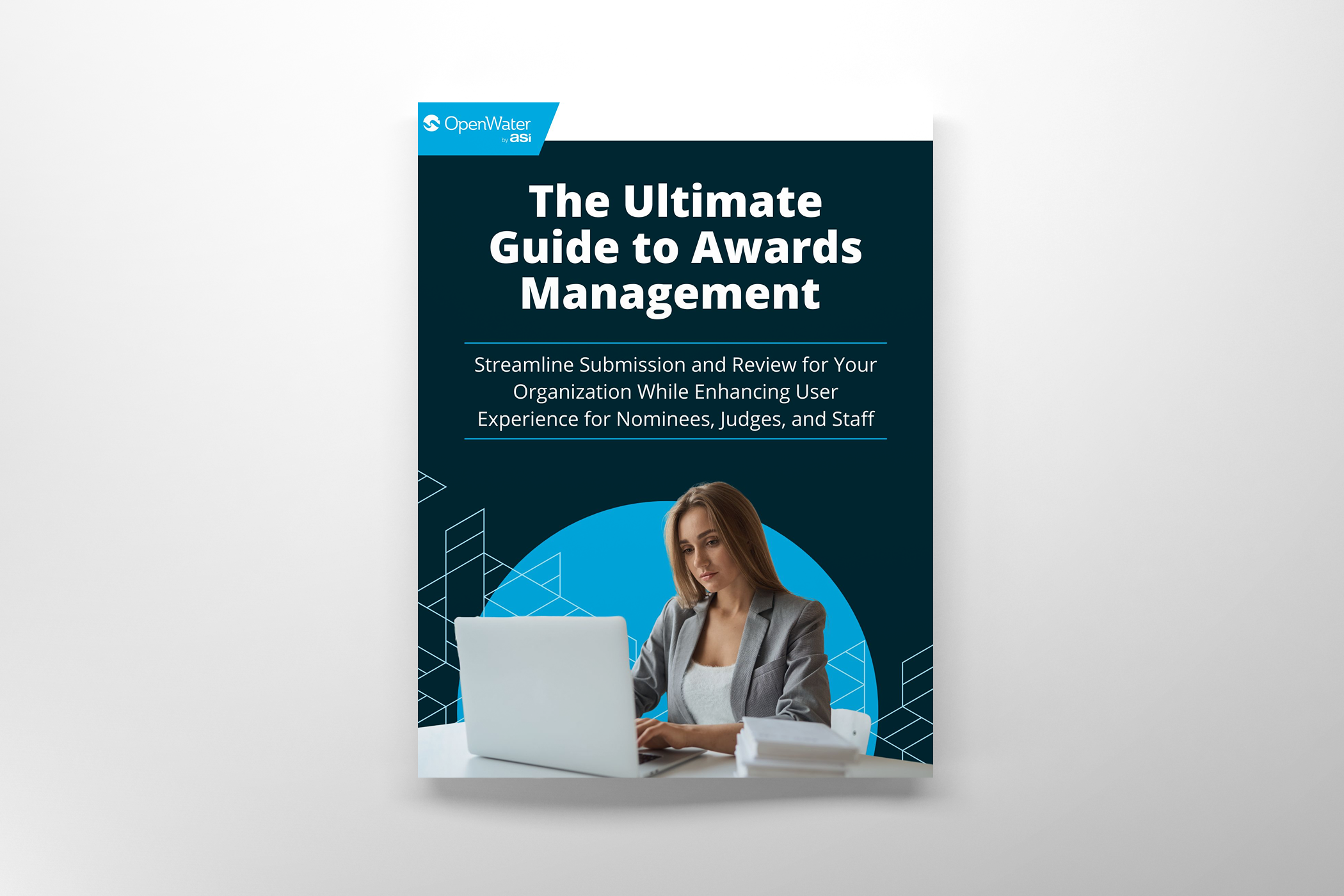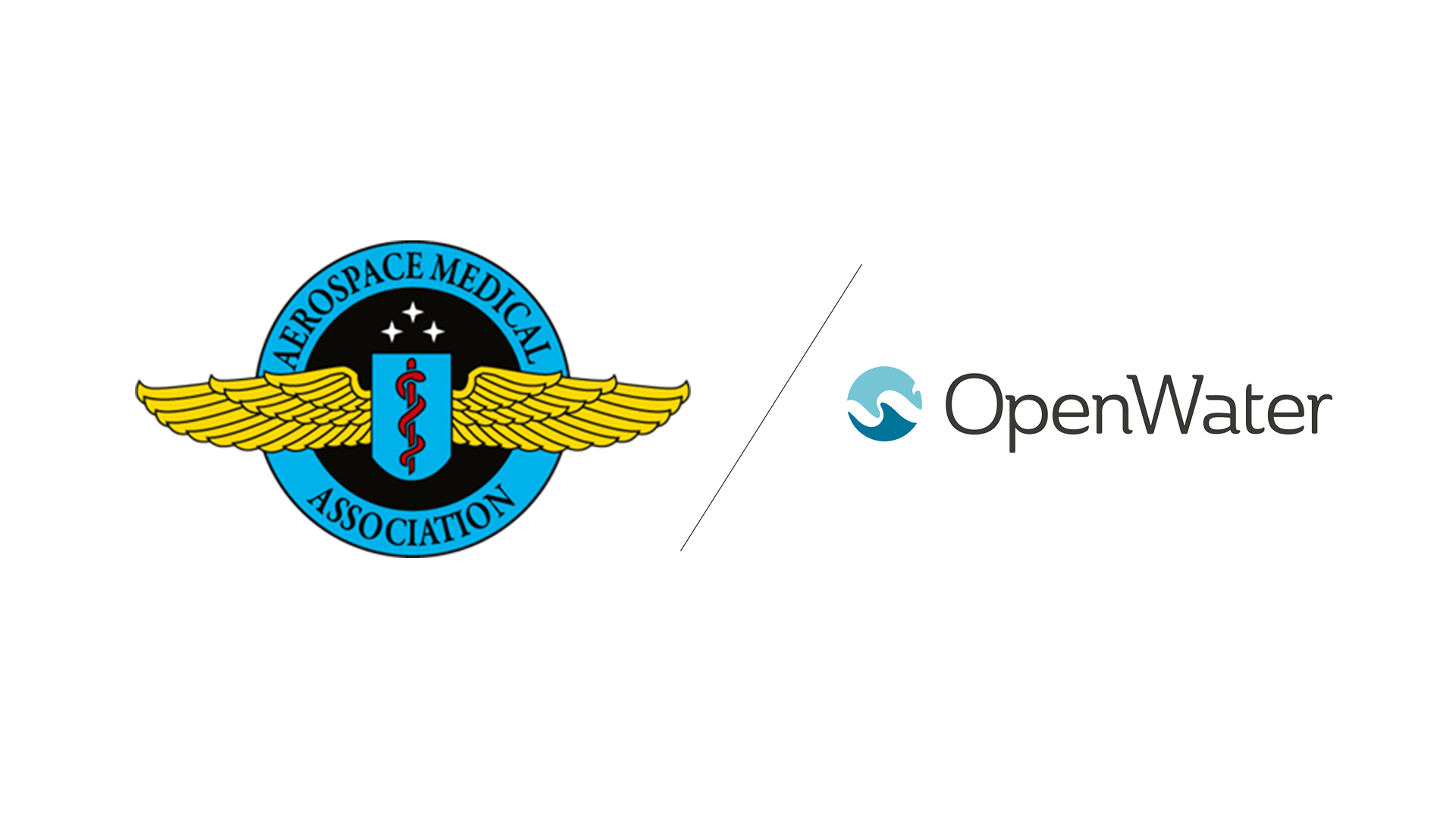
Client Spotlight: How AsMA Turned Their Fellowship Program Around using OpenWater
AsMA came to us with a problem. Our job was to fix it.
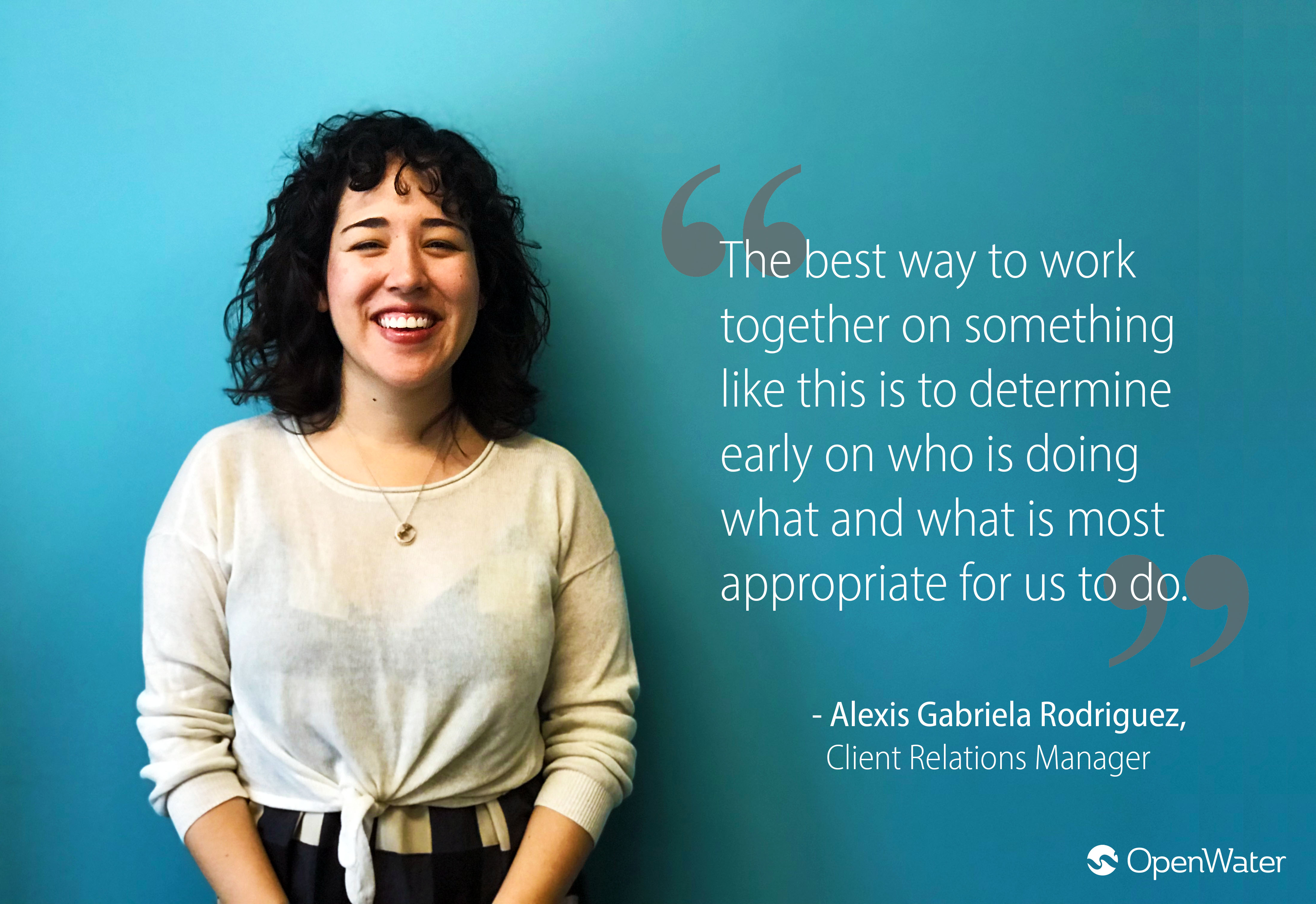
Every once in a while we work with a client on a request that appears to push OpenWater to extents we never anticipated, and time and time again, our team goes on to prove us wrong. The AsMA case is just that – demonstrating that one of OpenWater’s biggest advantages lies in its flexibility as a program to specifically accommodate a customer’s association management needs.
When Aerospace Medical Association (AsMA) first came to us with a problem they were repeatedly facing in their Fellowship applications, we had no idea how big this project would become. Every year, AsMA selects Fellows from a pool of active members who have made an outstanding contribution to aerospace medicine, aeronautics, environmental health, etc. The applications are reviewed on a points system, meaning applicants fill out the application with a goal of reaching 130 points to be deemed eligible for the program. Every answer field is cross-referenced with a points calculations sheet available on their website to come to a tallied total.
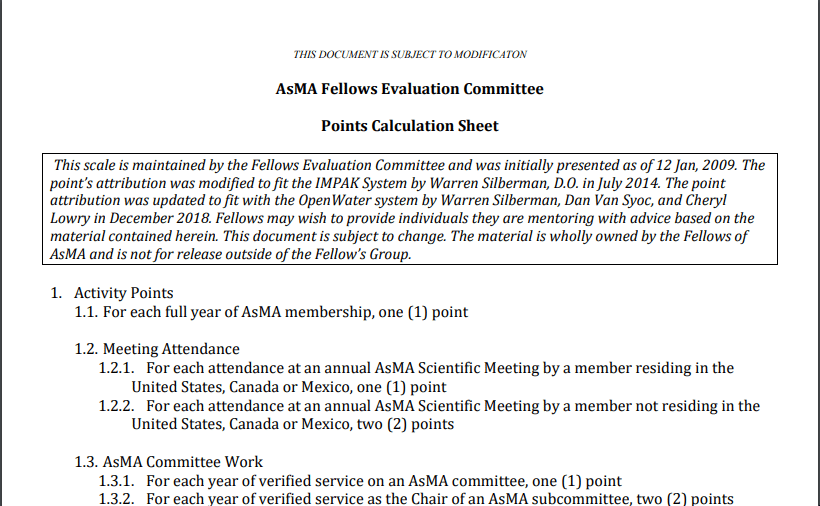
Administrators were faced with the gargantuan task of sorting through individual applications and scoring them by hand, based on the points calculation sheet. With tight deadlines and piles and piles of application forms, it was clear that they had to find a better way of managing their workload.
During the initial consultation phase, it appeared that the solution was going to be simple – the correct application of OpenWater’s existing autoscoring feature would do the trick. OpenWater already supports a robust autoscoring feature, allowing automation within the judging process by assigning specific scores to certain response values. However, upon further examination, we realized that due to the intricacies within the scoring sheet and, really, the sheer length of the application, the existing autosum feature just wasn’t going to cut it. After additional consultation with the administrators at AsMA, our development team concluded that the best plan of attack would be through completely customized back end development, made specifically to fit AsMA’s needs.
OpenWater supports a countless number of custom programs, but the level of cooperation needed to complete this project was going to be unprecedented. From beginning to end, it involved a member of our development team going in and hand-coding the application program so that complicated if/then statements on the points calculation sheet could be accommodated in an auto-scoring instance.
This was one of the biggest roadblocks that our operations team had to overcome, given that it was the main reason why AsMA had been marooned into scoring all applications by hand until now.
Then came the fine-tuning. One of AsMA’s biggest complaints was that the existing pdf application form was so long and complex – to an extent that reviewers had no way of locating an incorrectly scored field. Our solution was to divide the form into multiple parts, but still make it so that applicants can see a page score and a total score separately. Other custom features were added as well to promote the readability of the overall application – like inserting blue highlights on scored fields, and adding answer validation by format – red for inadmissible answers and green for admissible ones. The real-time scorebox on the bottom left corner is also a custom-built feature for this specific program.
Feature Spotlight:
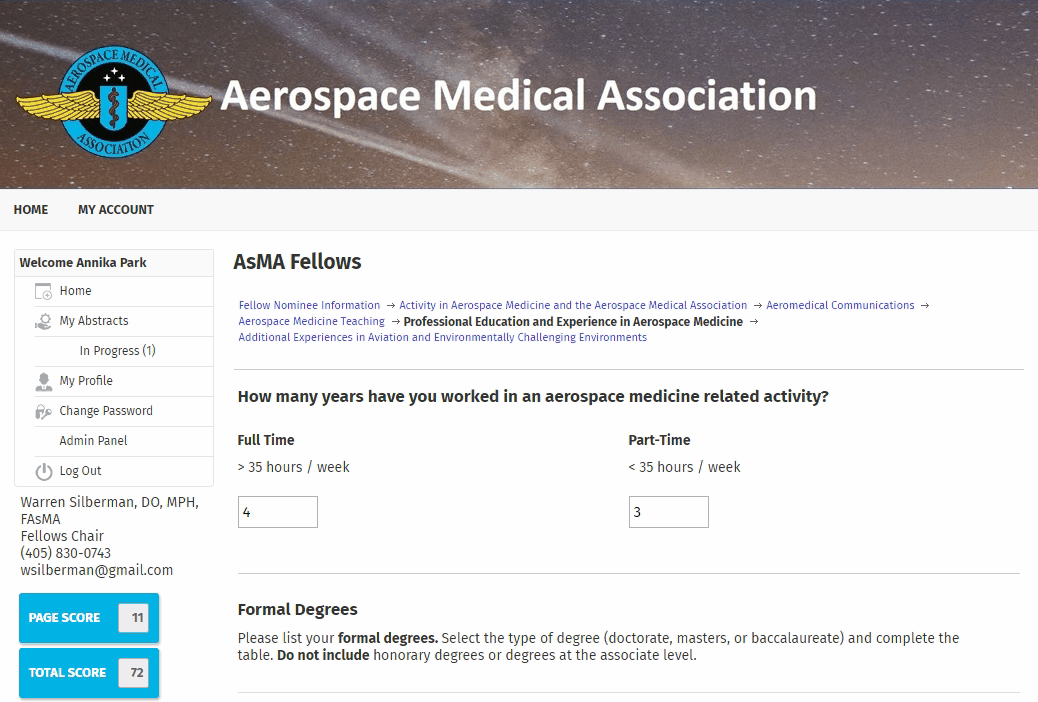
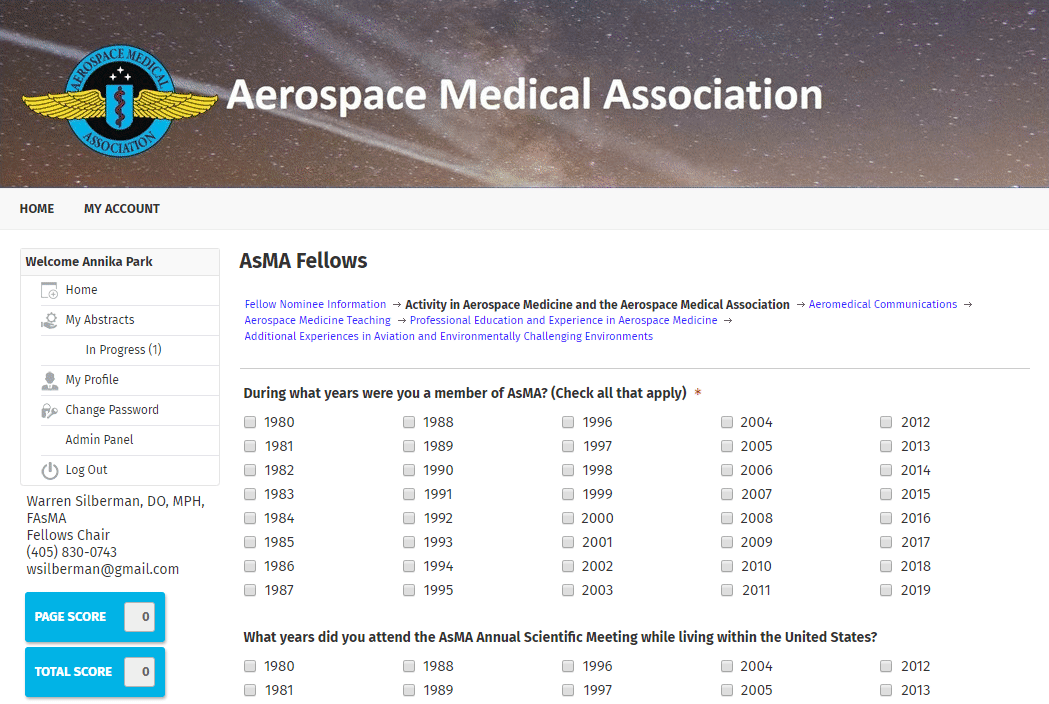
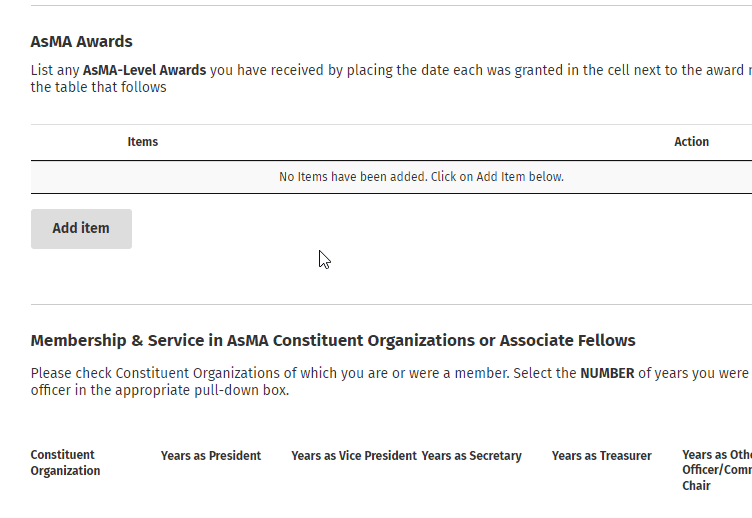
SaaS-tools exist to build employee confidence on tasks that are too time-consuming and draining to complete manually. Before transferring to OpenWater, AsMA was running their lengthy fellowship application program on pdf forms. There were ample user error on both the applicants’ and the reviewers’ sides of the application because everything essentially had to be hand-tallied.
The biggest credit for this project goes to our development and support teams, who demonstrated the strengths of tight inter-team cooperation to appropriately meet a client’s needs.
According to Alexis, our customer relations manager and the main liaison between AsMA and our development staff: “the best way to work together on something like this is to determine early who was doing what and what was most appropriate for us to do.”
Describing the workflow, she says: “Initially we thought we’d be using autoscoring the way that we traditionally use it, but as soon as we realized we needed to custom-build a whole new program, Christian (the whiz behind the coding!) took charge of the coding, and Leila and I took a step back and ensured that the program was running smoothly. Major kudos to Christian on that. Once the pieces started coming together, we all worked together to fine-tune the program. It was great that Jeff came to our first certification and saw the potential in our program to meet AsMA’s needs, and we were extremely happy to deliver results that actively solved the client’s pain points.”
Find out more about OpenWater’s Fellowship Management Software here.
Take your application program to new lengths using OpenWater. Sign up for our certification program here, delivered from our Washington D.C. Headquarters. Click through and sign up for our webinars too!
